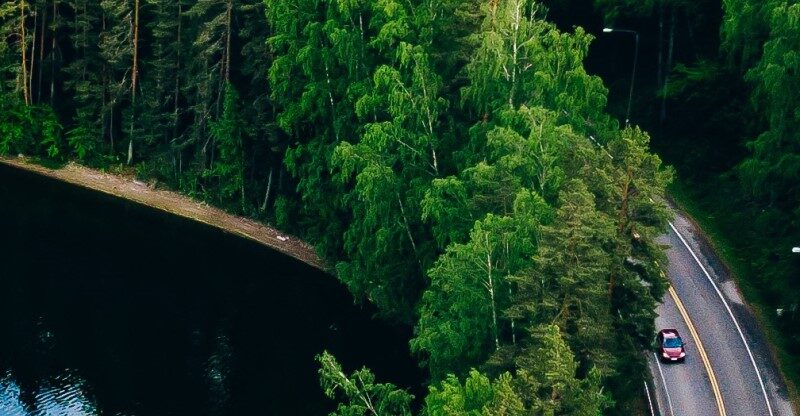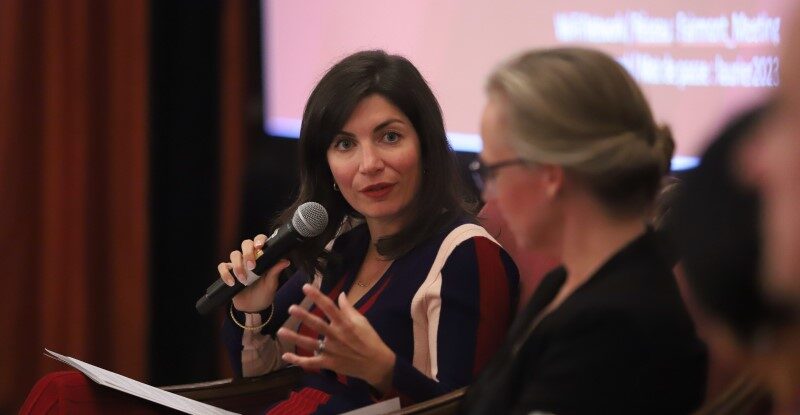How urban reserves support local business and municipal economies

Sponsored by MNP
While most Canadians generally understand the concept of First Nation reserves, comparatively few know about urban reserves. In fact, you may live or work adjacent to an urban reserve without even knowing it.
To the naked eye, an urban reserve looks like any other piece of municipal property. It can take the form of a hotel, office building, development lot, post-secondary institution, and more. An urban reserve is simply a section of traditional reserve land that exists within a larger municipality. They can be created either when a First Nation purchases land within a municipality or when city limits expand to and impact existing reserve lands.
How Do Urban Reserves Work?
The concept of urban reserves is not new. The oldest one is Muskeg Lake Cree Nation urban reserve in Saskatoon, created in 1988. Generally, urban reserves are created to stimulate business activity, generate revenue, and create investment and employment opportunities that would otherwise be unavailable on other reserve lands.
In that sense, the term urban reserve can feel like somewhat of a misnomer. Many would argue they are more accurately described as “First Nations economic zones.”
To create such an economic zone, municipalities and First Nations must negotiate Municipal Service Agreements in good faith to agree on factors like bylaw compatibility and fees for services. Urban reserves are under the jurisdiction of the First Nation, not the city or town.
Because they have reserve status, urban reserves can provide an environment that recognizes Status Indians and Aboriginal rights. All people are welcome to shop and work in urban reserves just as they would elsewhere in the city.
How Urban Reserves Can Benefit the Community
Urban reserves can be subject to misconceptions and negative stigmas, but the reality is far different. First Nations economic zones create positive ripple effects from job creation and investment in the community.
They have been shown to contribute to the refurbishment and renewal of existing businesses. For example, there are two urban reserves owned by the Long Plain First Nation found in Portage La Prairie and Winnipeg, Man. They have stimulated the economies of both cities by providing new businesses and a greater number of skilled people in the workforce.
First Nations and municipalities negotiate bylaws that are compatible with the rest of the city. Owners of urban reserves also pay fees for city services such as water, power, policing, and fire services. All those fees go toward paying the salaries of residents, both Indigenous and non-Indigenous.
Lastly, research shows the cultural and societal benefits of diverse and inclusive cities.
First Nations peoples are moving from reserves to urban centres in increasing numbers. Urban reserves have catalyzed that trend by providing better opportunities for newcomers to the city. They are a means of bridging cultural divides and fostering better relationships between people who may not otherwise cross paths without urban reserves.
Visit https://www.mnp.ca/en/clients/indigenous-services to learn more. MW
✯ Municipal World Executive and Essentials Plus Members: You might also be interested in Sean Meyer’s article: Path to Reconciliation found within urban reserves.
Rob Campbell is a Partner and the National Director of Indigenous Services for MNP.
Related resource materials:



